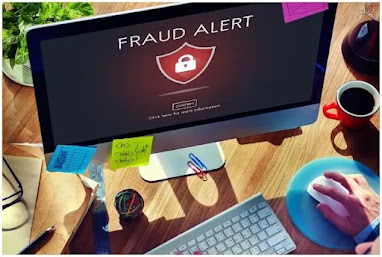In an era dominated by digital advancements and online transactions, the internet has become an indispensable part of our daily lives. However, along with the convenience and accessibility, the virtual world also poses potential risks, particularly in the form of fake online sites. Recognizing these fraudulent websites is crucial to safeguarding your personal and financial information. In this article, we will explore various strategies to help you identify and avoid falling victim to fake online sites.
Check the Website URL: One of the first steps in recognizing a fake online site is to carefully examine the website's URL. Legitimate websites typically have secure and straightforward URLs. Be wary of misspellings, extra characters, or unusual domain extensions in the URL, as these can be red flags indicating a fraudulent site.
Look for Secure Connections: Legitimate websites prioritize the security of their users. Ensure that the website has a secure connection by checking for "https://" in the URL. The presence of a padlock icon in the address bar is also an indicator of a secure connection. Avoid entering personal information on websites without these security features.
Verify Contact Information: Genuine online businesses provide clear and accessible contact information. Check for a physical address, phone number, and email address. If the website lacks contact details or provides only a generic email form, it may be a sign of a fake site.
Examine Website Design and Content: Pay attention to the overall design and content of the website. Legitimate sites usually invest in professional design and provide high-quality content. If you notice poor grammar, spelling errors, or low-quality images, it could be indicative of a fake online site.
Read Reviews and Testimonials: Customer reviews and testimonials can offer valuable insights into the legitimacy of a website. Search for reviews on independent review platforms or through search engines. Be skeptical if a site has no reviews or if the reviews seem overly positive and lack specific details.
Check for Trust Seals: Legitimate online businesses often display trust seals from recognized security providers. These seals indicate that the website has undergone security assessments and is committed to protecting user data. Verify the authenticity of these seals by clicking on them, as fake sites may display counterfeit trust badges.
Beware of Too-Good-to-Be-True Deals: Fake online sites often lure users with unbelievably low prices and irresistible deals. If an offer seems too good to be true, it probably is. Compare prices with other reputable websites to ensure they are within a reasonable range.
Use Safe Payment Methods: Stick to secure payment methods, such as credit cards or reputable online payment services. Avoid making transactions on websites that only accept unconventional payment methods or ask for sensitive information, like your social security number.
Check Domain Age: Use online tools to check the age of the website's domain. Established and trustworthy websites tend to have a longer history, while fake sites may have recently been created.
Trust Your Instincts: If something feels off or if you have any doubts about the legitimacy of a website, trust your instincts and consider exploring alternative options.
In conclusion, staying vigilant and adopting these strategies can help you recognize fake online sites and protect yourself from falling victim to scams. By taking the time to verify the legitimacy of websites, you can enjoy a safer and more secure online shopping and browsing experience.




No comments:
Post a Comment